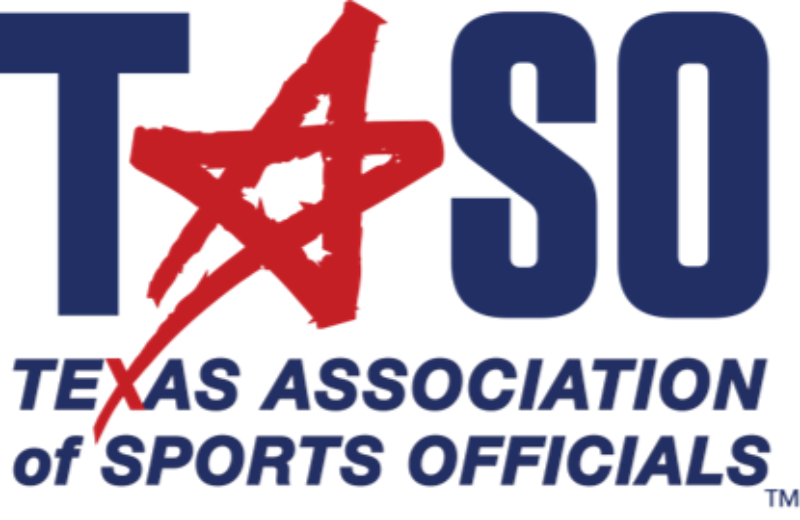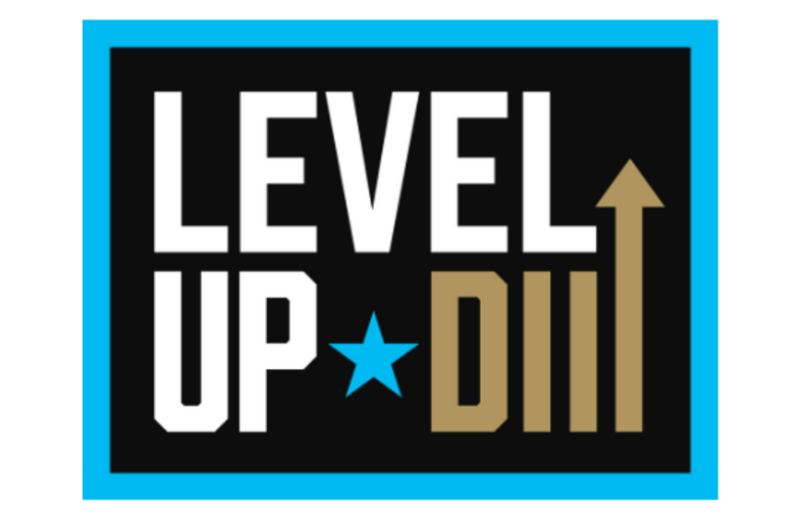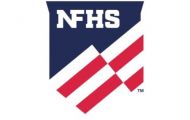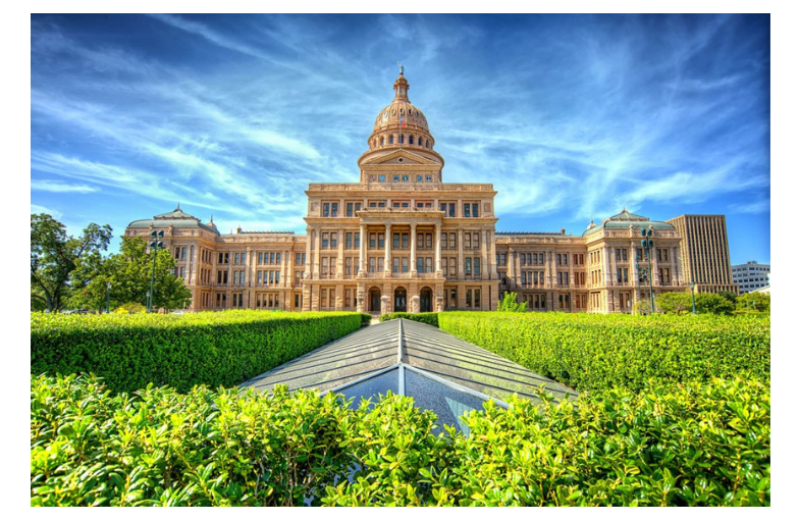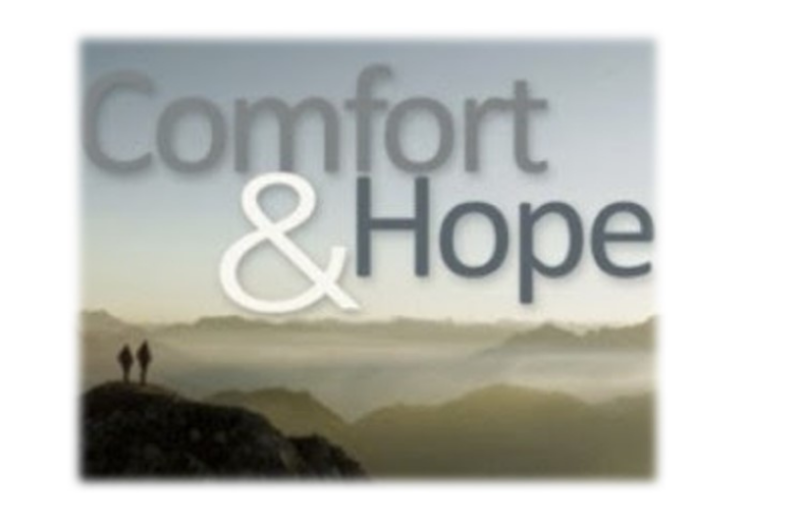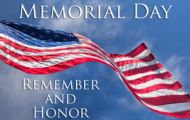
2023
NAME, IMAGE AND LIKENESS FOR INTERSCHOLASTIC ATHLETES – WHAT DOES IT LOOK LIKE?
By John E. Johnson, J.D. from NFHS.ORG
NIL at the interscholastic level has been a reality for many states for about 24 months. NIL allows high school athletes to monetize their name, image and likeness AND maintain their high school athletic eligibility. On its face it seems only fair to allow athletes, even at the high school level, to “cash in” on their fame.
The last 24‑month period, in part, has acted as a “settling out” time to assess the high school NIL trends and pitfalls, and how schools, school districts and state associations have been dealing with the NIL and attendant issues. Interscholastic NIL cannot yet be de‑linked from collegiate NIL – since it is new and still developing at both levels, most do not yet recognize the practical differences between the two.
A Short History
Initially, NIL was approved for college athletes. Colleges and universities (and high‑profile head coaches) were making billions of dollars from large TV contracts, gear endorsements and other sponsorships. Huge donor dollars were being raised. The athletes received the value of a scholarship if they were on scholarship. A scholarship is obviously a benefit, but within the context of the billions earned during events like the NCAA Division I Men’s Basketball Tournament, scholarship value pales in comparison.
In many ways, limiting these athletes from cashing in on their NIL is inconsistent with American values. An example is an autograph. Before NIL, anyone in the world could sell the autograph of any collegiate athlete, except for the source of the signature – the athlete. Now collegiate athletes can sell their autograph, and they can monetize their name, image and likeness, which seems fairer.1
Rules
The current NIL rules related to college athletes apply via state law and/or NCAA rules. Due to the potential of having a patchwork of so many NIL rules, the NCAA is now asking for federal legislation addressing this patchwork of NIL rules. The NCAA allows member institutions to recruit and sign high school athletes who have participated in NIL activities while the student was in high school.

